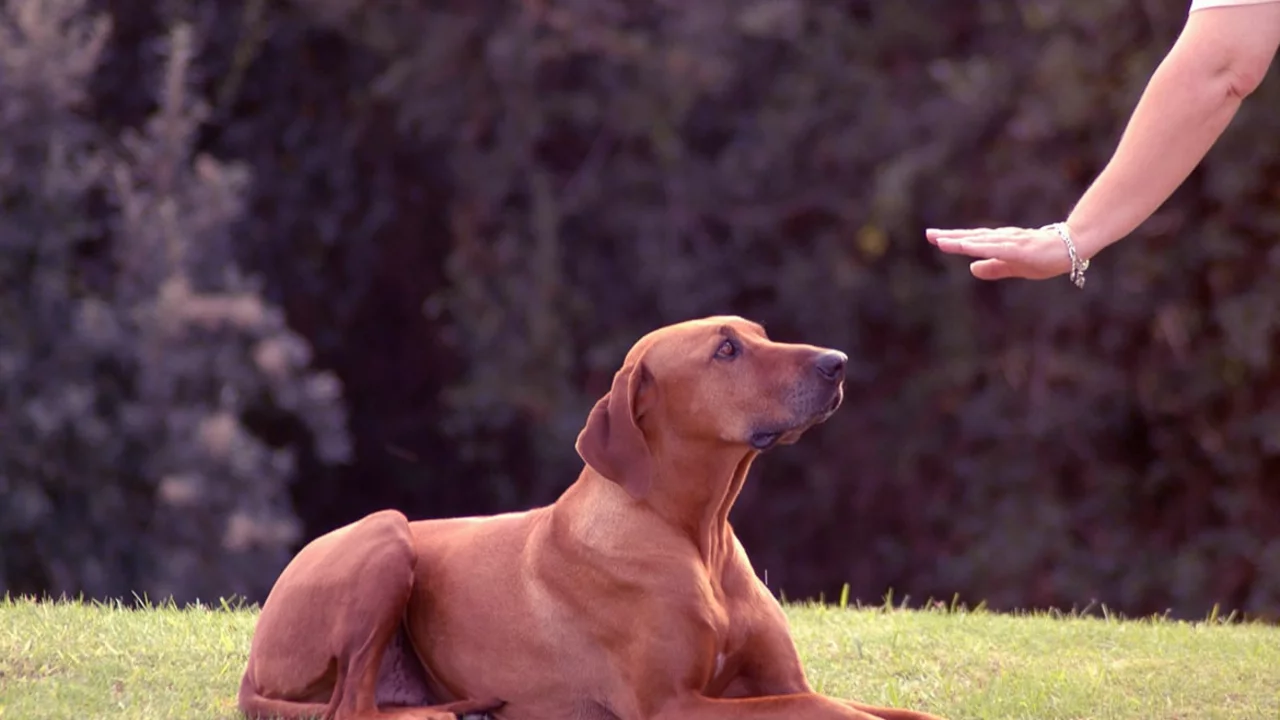Canine Behavior: Simple Tips to Decode Your Dog
Ever wonder why your dog wags its tail, growls, or jumps on the couch? Knowing what those actions mean can make life easier for both of you. Below are easy-to‑use ideas that help you read the signs and guide better behavior.
Reading Body Language
The first clue is how your dog moves. A relaxed body, floppy ears, and a soft tail usually means they’re happy. If the tail is stiff, ears are forward, or the dog is tense, they might be scared or ready to react. Watch the eyes too – wide eyes often show fear, while a soft gaze is a sign of calm.
Sounds matter as well. A high‑pitched bark can mean excitement, while a low growl signals warning. When a dog whines, it’s often a request for attention or a sign of discomfort. By matching posture with sound, you get a pretty clear picture of what they’re feeling.
Training Everyday
Once you can read the signs, it’s time to shape behavior. Keep training short – five to ten minutes a day works best. Use treats or praise right after the action you want. This positive reinforcement tells the dog exactly what you liked.
Consistency is key. If you let the dog jump on guests one day but scold them the next, they’ll get confused. Make sure everyone in the house uses the same commands and rewards.
For common problems like barking at the door, try the “quiet” cue. When the dog stops barking, reward immediately. If they keep barking, wait for a pause, then give the cue and reward. Over time the dog learns that silence brings treats.
Socialization also helps behavior. Take your dog to calm parks, meet friendly people, and expose them to different sounds. Short, positive experiences build confidence and reduce fear‑based reactions.
Health issues can show up as behavior changes. A dog that suddenly hides or becomes aggressive might be in pain. Regular vet checks, proper diet, and exercise keep the body and mind in good shape.
Finally, remember that dogs live in the moment. They can’t plan ahead like us, so clear, immediate feedback works best. If you catch a bad habit early and replace it with a good one, the dog learns faster.
With these simple steps – watching body language, rewarding the right actions, staying consistent, and keeping your dog healthy – you’ll understand canine behavior better than ever. Happy dog, happy life!

Can mixed breed dogs compete in obedience?
In my exploration of dog obedience competitions, I've found that mixed breed dogs can indeed participate. These events don't exclusively cater to purebreds, and it's heartening to see a variety of dogs show off their training and skills. From my findings, it's clear that a dog's ability to compete is more about their obedience training, rather than their breed. So if you have a mixed breed dog and are interested in obedience competitions, go for it! Your furry friend's pedigree doesn't limit their potential to excel and impress.
read more
